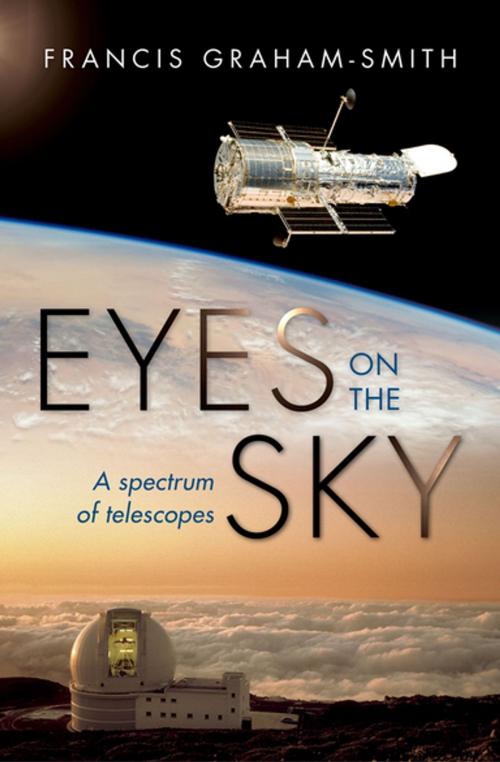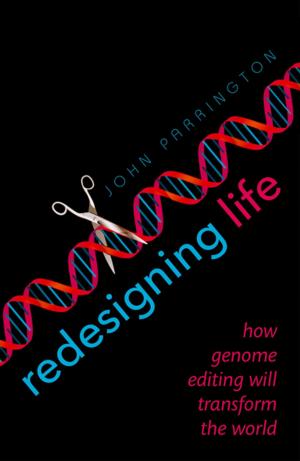Eyes on the Sky
A Spectrum of Telescopes
Nonfiction, Science & Nature, Science, Physics, Astronomy, Astrophysics & Space Science| Author: | Francis Graham-Smith | ISBN: | 9780191053610 |
| Publisher: | OUP Oxford | Publication: | June 23, 2016 |
| Imprint: | OUP Oxford | Language: | English |
| Author: | Francis Graham-Smith |
| ISBN: | 9780191053610 |
| Publisher: | OUP Oxford |
| Publication: | June 23, 2016 |
| Imprint: | OUP Oxford |
| Language: | English |
Four centuries ago, Galileo first turned a telescope to look up at the night sky. His discoveries opened the cosmos, revealing the geometry and dynamics of the solar system. Today's telescopic equipment, stretching over the whole spectrum from visible light to radio and millimetre astronomy, through infrared to ultraviolet, X-rays and gamma rays, has again transformed our understanding of the whole Universe. In this book Francis Graham-Smith explains how this technology can be engaged to give us a more in-depth picture of the nature of the universe. Looking at both ground-based telescopes and telescopes on spacecraft, he analyses their major discoveries, from planets and pulsars to cosmology. Large research teams and massive data handling are necessary, but the excitement of discovery is increasingly shared by a growing public, who can even join in some of the analysis by remote computer techniques. Observational astronomy has become international. All major projects are now partnerships; most notably the Square Kilometre Array, which will involve astronomers from over 100 countries and will physically exist in several of them. Covering the history and development of telescopes from Galileo to the present day, Eyes on the Sky traces what happens when humankind looks up.
Four centuries ago, Galileo first turned a telescope to look up at the night sky. His discoveries opened the cosmos, revealing the geometry and dynamics of the solar system. Today's telescopic equipment, stretching over the whole spectrum from visible light to radio and millimetre astronomy, through infrared to ultraviolet, X-rays and gamma rays, has again transformed our understanding of the whole Universe. In this book Francis Graham-Smith explains how this technology can be engaged to give us a more in-depth picture of the nature of the universe. Looking at both ground-based telescopes and telescopes on spacecraft, he analyses their major discoveries, from planets and pulsars to cosmology. Large research teams and massive data handling are necessary, but the excitement of discovery is increasingly shared by a growing public, who can even join in some of the analysis by remote computer techniques. Observational astronomy has become international. All major projects are now partnerships; most notably the Square Kilometre Array, which will involve astronomers from over 100 countries and will physically exist in several of them. Covering the history and development of telescopes from Galileo to the present day, Eyes on the Sky traces what happens when humankind looks up.















